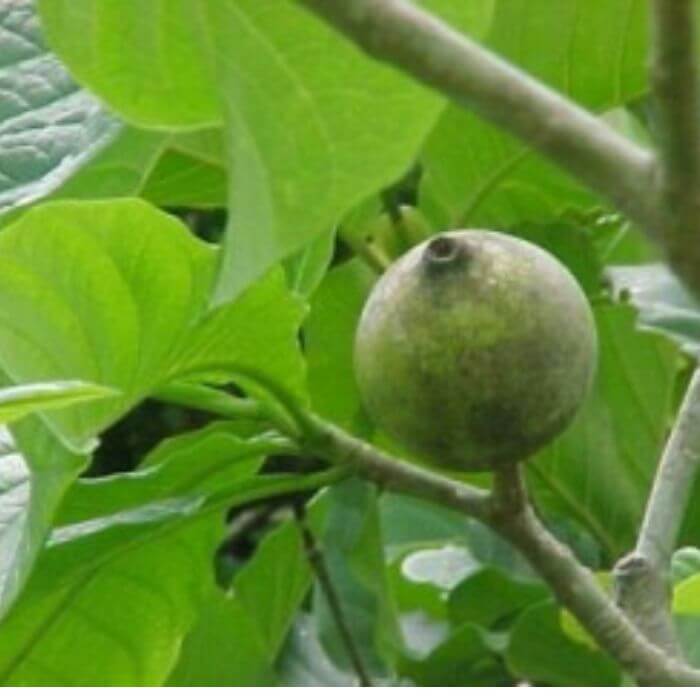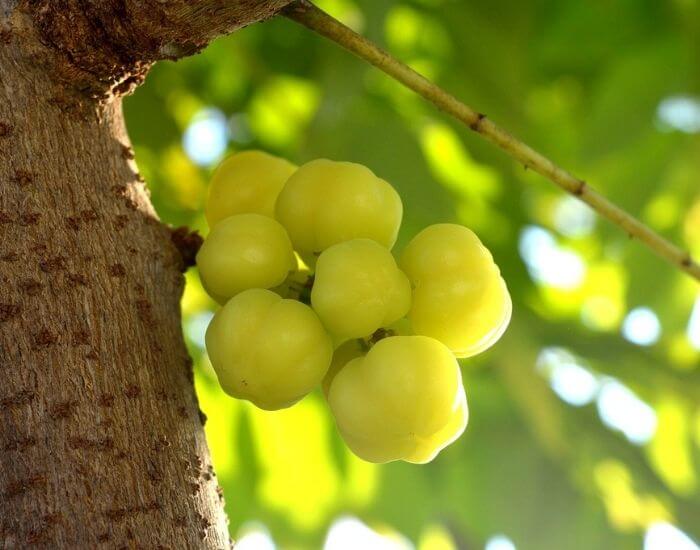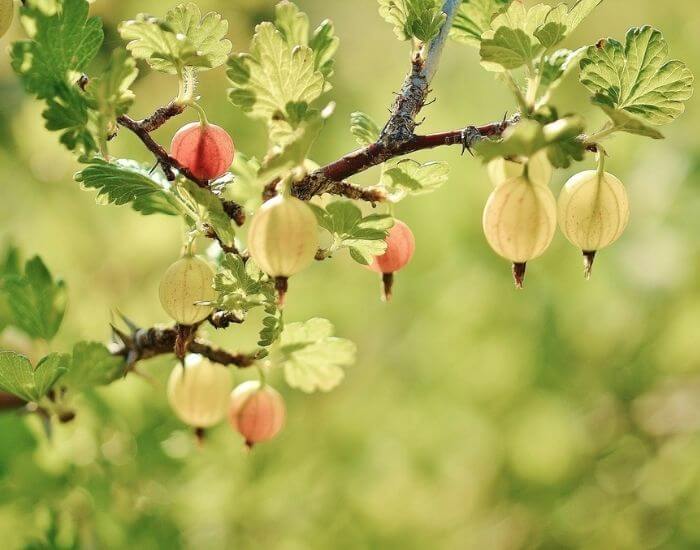The huito fruit, also known as Genipa Americana, jagua fruit or jenipapo, has been used for centuries in South and Central America. The fruit is commonly found in the Amazon rainforest and has many uses.
Below we take a detailed look at this fruit, its uses, how to eat it and more. Continue reading to learn more about the Genipa Americana.
Where does huito fruit come from?
It is commonly found in countries such as Brazil, Venezuela, Bolivia, Mexico, Nicaragua, Argentina, Peru, and Costa Rica.
Huito fruit color
Huitos have a hard outer shell that is initially green but turns grayish-brown when ripe. However, the most fascinating aspect of the huito fruit is its color-changing properties. When the unripe flesh of the fruit is exposed to air, it reacts with oxygen and turns from white to dark blue-black within minutes.
The pigment responsible for this color change is called genipin. It has been used by indigenous communities in body art for centuries.
In some cultures, the huito fruit is also used as a natural dye for fabrics and textiles due to its deep blue hue. Its unique properties make it an interesting subject for scientific study as well as cultural significance in many parts of South America.
Jagua fruit cultivation
This fruit is typically consumed fresh or used to make various products such as sweets, soda and wines. Its tree can grow up to 98 feet tall and produces small, round berries that are approximately 3.5 inches in diameter.
Cultivation of the jagua fruits requires a warm and humid climate. Young huitos prefer partial shade and require consistent watering during the growing season.
Huito trees can be grown from seeds or cuttings but require several years before they begin producing fruit. Once mature, huito trees can produce up to 150 pounds of fruit per year.
How to tell if huito fruit is ripe
When it comes to determining if jenipapos are ripe, there are several things to consider. Firstly, the color of the fruit should be taken into account. Ripe huito fruit tends to have a gray-brown hue, while unripe ones may appear green.
Another way to check is by feeling the texture of the skin. When a huito fruit is ripe, its skin will be slightly soft and yield under pressure when gently squeezed.
However, an unripe huito fruit will feel hard and firm.
Preparing huitos
To prepare, start by washing then slice the fruit open with a sharp knife. The fruit has a yellow-orange pulp, which is edible but can stain your hands and clothes, so be careful.
Scoop out the pulp with a spoon and place it in a blender or food processor. Add water to thin out the mixture and blend until smooth. You can strain the mixture through a fine mesh sieve to remove any seeds or chunks of skin.
Nutritional facts:

Huito is an excellent source of fiber, minerals and vitamins which make it highly nutritious. One serving of jagua fruit (100 grams) contains 13% of the daily recommended intake of dietary fiber.
Moreover, huito is rich in iron.
When is jagua in season
It’s important to note that the exact season for huito fruit may vary depending on the region where it’s grown, climate conditions, and other factors. For example in Brazil huitos are in season in June while in Peru they are available during March-April.
What does genipapo fruit taste like?
When fully ripe, huito fruit has a sweet flavor that is similar to dried apples. The pulp itself has a slightly fibrous texture and can be eaten raw or used in various culinary applications such as jams, ice creams, and sauces.
How do you eat jagua fruit?
To eat huito fruit, start by washing the exterior thoroughly under running water. Then, cut it open with a sharp knife lengthwise. Inside you will find several black or dark blue seeds surrounded by juicy flesh that can be eaten raw or used in recipes.
Note; huitos cause bad breath. So ensure to chew something minty after tasting this fruit.
Additionally, you can use huito fruit in ice cream and jellies.
Huito juice
In countries where this fruit thrives, jagua juice is one of the favorite local drinks. If you have a few fruits, you can make huito juice:
Ingredients:
-4-5 huito fruits
– 2 cups of water
– Sugar (optional)
Instructions:
1. Cut the huito fruits in half and remove the seeds.
2. Place the fruit halves in a blender with 2 cups of water and blend until smooth.
3. Strain the mixture through a sieve or cheesecloth to remove any pulp.
4. Add sugar, if desired, and mix well.
5. Chill in the refrigerator before serving. Enjoy your refreshing huito fruit juice!
Storing Genipapo fruit
To store huito fruit, it should be kept in a cool and dry place away from direct sunlight. If you have sliced or peeled the fruit, keep it in an airtight container in the refrigerator to prevent spoilage.
If you want to preserve huito fruit for longer periods, you can freeze it. First, peel and cut the fruit into small pieces or puree it.
Then, place the pieces or puree in freezer bags and remove as much air as possible before sealing them tightly. Label each bag with the date of freezing so that you can use them within six months.
Another way to store huito fruit is by making jam or jelly out of it. This method will allow you to enjoy huito even when it’s out of season. You can also add sugar to enhance its flavor and extend its shelf life.
Store your homemade jam or jelly in sterilized jars with tight-fitting lids at room temperature for up to one year.
Note; huitos do not rot. Instead, this fruit dries out.
Where to buy huitos
If you are looking to buy huito fruit, you can find it in local markets in the Amazon region. It is sold fresh or dried and sometimes made into jellies. In addition to this, some online stores also sell huito fruit products like powders.
It’s important to note that huito fruit can be difficult to find outside of its native region. Moreover, since it’s not widely cultivated for commercial purposes yet, there may not always be a consistent supply available for purchase.
Hi There,
My name is Jenny. I’m the Chief Editor at Try Green Recipes and besides making yummy and healthy foods for my kids, grandkids, and friends. I’m new to the blogging world but I believe what I have to share is unique and will bring joy to your home. If you are adventurous and want try something tasty, let’s get started.

